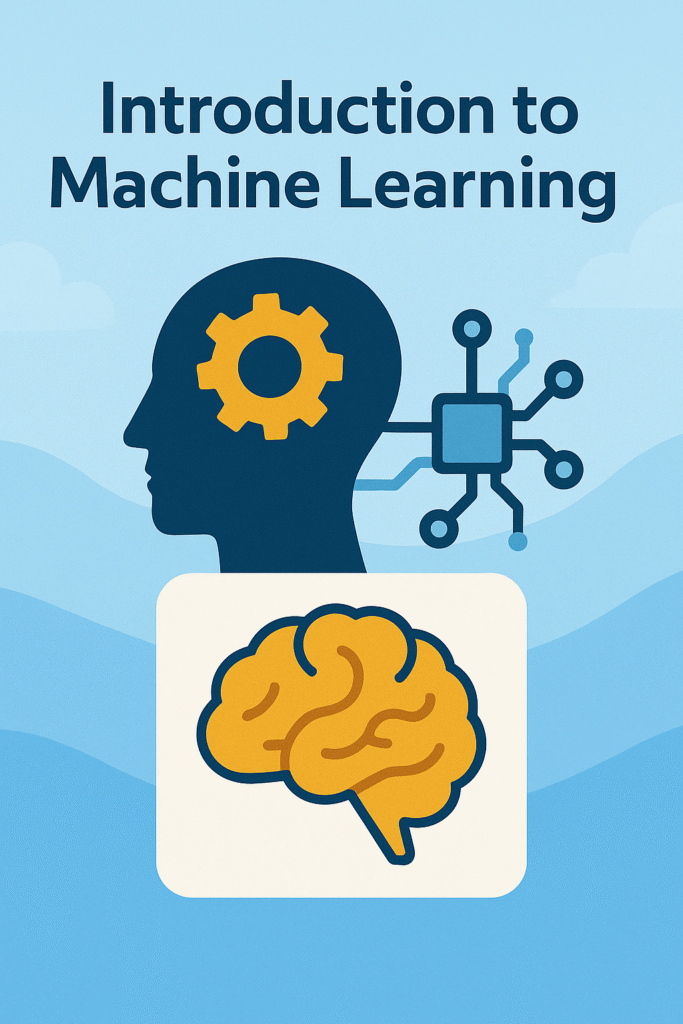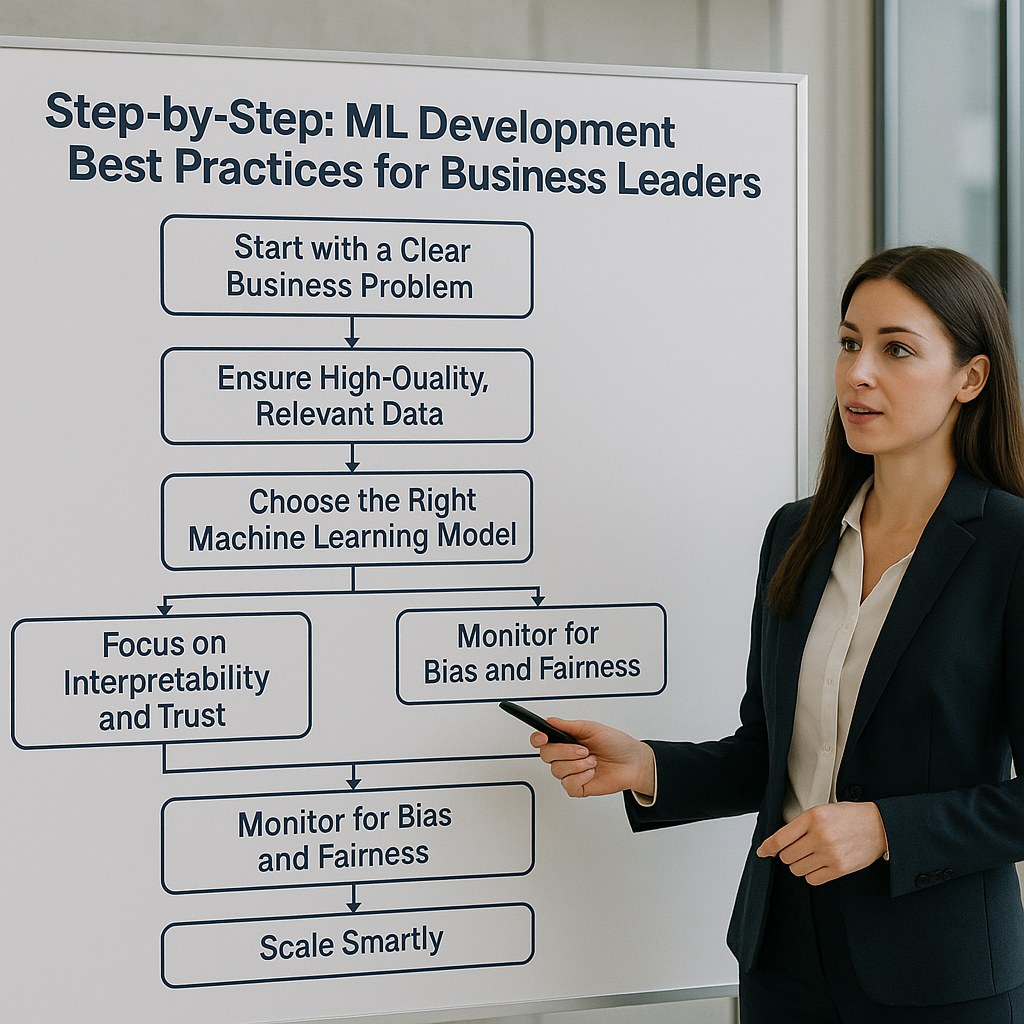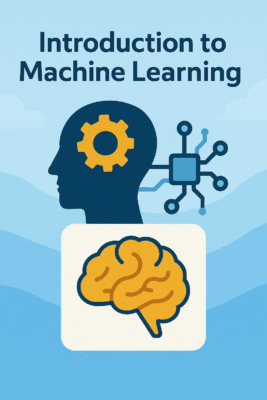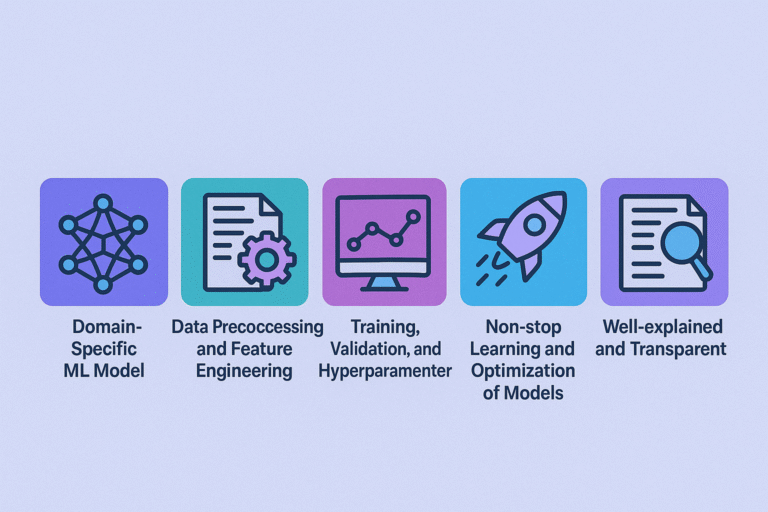Table of Contents
In today’s data-driven world, adoption of machine learning for business is one of the most happening technologies on the globe. Business leaders are flooded with numbers—from customer behavior and financial trends to operational performance and social media sentiment. But raw data alone doesn’t drive decisions. The real value lies in turning that data into clear, strategic insights.
Furthermore, ML offers the potential to allow leaders to make smarter, faster, and future-focused decisions when coupled with AI business intelligence and AI-powered BI solutions. However, development best practices that are highly relevant are essential for ML, especially in a business environment.
The guide aims to help you, as a leader, understand:
- What ML truly means for your business
- Setting teams for success
- Development key practices that produce results
- Using these insights for real-time and predictive people-making

Machine Learning Adoption & Business Impact
The adoption of Machine Learning for business has impacted many enterprises.
- 78 % of companies used AI in at least one function in 2024 (up from 55 % in 2023), yet only 1 % have successfully scaled their AI projects—most remain in pilot phases, limiting measurable ROI
- According to Itransition, 97 % of organizations deploying AI/ML report improved productivity, customer service, or reduced errors.
- In sales and marketing, 49% of organizations use ML to identify prospects, and 48% for deeper customer insights; 67% consider it critical for future competitiveness.
Why is Machine Learning (ML) in Business so critical?
Machine learning for business is no longer a tech cliché. Instead, it is the prime motive of change in nearly every industry, from finance to retail, healthcare, and logistics. Here’s what ML can do for your business:
- Detect trends and patterns in very large datasets;
- Provide real-time intelligence;
- Help automate repetitive processes;
- Give you predictive analytics tools to give you an edge in planning;
- Facilitate AI business automation;
- Churn out automated business insights in real-time so that your team spends more time executing actions than analyzing data.
Whether you are already using a business intelligence platform or are at the start of your AI-powered analytics journey, the return on investment from developing the right ML strategy is unbeatable.
Business Intelligence + Machine Learning = Smart Leadership
Most organizations already use some form of business insights software. However, traditional BI platforms primarily focus on historical data. Machine learning enhances this by:
- Learning from your data
- Predicting future trends
- Recommending actions
This evolution from static reporting to AI-powered intelligence means your business decisions are no longer just reactive—they’re proactive and predictive.
That’s the leadership edge modern businesses need.
Step-by-Step: ML Development Best Practices for Business Leaders
1. Start with a Clear Business Problem
Before you build any model, ask:
What is the real business challenge we want to solve?
This could be:
- Reducing churn in your customer base
- Forecasting demand for a new product
- Automating fraud detection
- Predicting late shipments in your supply chain
The best machine learning projects start with a goal that aligns with strategy—not just a dataset.
Tip for Leaders: Don’t get caught in the hype of using ML just because it’s trendy. Tie every initiative to a measurable business outcome.
2. Ensure High-Quality, Relevant Data
Illustrating the importance of data with an example: No matter how advanced the learning systems may be, without correct data to learn from, it’s all useless.
Critical components to focus on are as follows:
- Data cleanliness: Remove duplicates, errors, outliers
- Data relevancy: Data must be strictly relevant to your business goal
- Data security and compliance: Respect customer privacy and observe regulations
Leadership Tip: Encourage a company-wide culture of data responsibility. Oftentimes, this entails investing in data infrastructure and governance.
3. Choose the Right Machine Learning Model
Different problems require different models. For example:
- Classification models for fraud detection
- Regression models for sales forecasting
- Clustering models for customer segmentation
Let your data science team select the model based on the problem type and available data—but ensure the business implications are understood across departments.
Tip for Leaders: Ask your team to simplify the “why” behind the model’s choice. You don’t need technical depth, but you do need business clarity.
4. Collaborate Across Teams
ML development is not just an IT task. It requires cross-functional input, including:
- Data scientists and ML engineers
- Domain experts (marketing, finance, operations, etc.)
- Business analysts and decision-makers
Each provides valuable context. When working in unison, this collaboration yields more accurate and relevant training of models.
Tip for Leaders: Encourage open dialogue. Avoid building ML in silos. The most successful AI business intelligence projects are team-powered.
5. Focus on Interpretability and Trust:
Leaders need to trust the insights ML provides. That’s why explainable AI is gaining popularity.
Choose or develop models that can explain:
- Why a decision was made
- What factors influenced the prediction
- How confident the model is
This builds transparency and boosts executive confidence in AI-powered intelligence.
Tip for Leaders: Ask your data team to walk you through the logic in plain English. If it’s too complex to understand, it might be too risky to use.
6. Test, Validate, and Retrain Frequently
Whenever dealing with most ML models, remember: it is a “set and forget” sort of thing.
Some checks are to be performed:
- Testing: Using a separate validation set
- Evaluation: Against KPIs
- Retraining: Whenever new data becomes available
Markets shift. Customer behavior changes. Models must remain updated in order to maintain their accuracy.
Tip for Leaders: In order to maintain a system of accountability for model performance, implement scheduled reviews for these models, akin to how financial reports and KPIs are reviewed.
7. Monitor for Bias and Fairness
ML models can unintentionally reinforce existing biases if not handled with care.
Ask:
- Are all customer groups represented in the training data?
- Could the model discriminate unfairly based on age, gender, location, etc.?
- Is the algorithm’s impact inclusive and ethical?
Tip for Leaders: Make fairness a non-negotiable. Bias isn’t just a tech issue—it’s a reputation and legal risk.
8. Integrate Insights into Daily Decisions
An ML model is only valuable if its insights are:
- Actionable
- Timely
- Embedded into decision-making
This is where AI-powered BI solutions and AI business automation come in. The insights generated by ML should be integrated into the dashboards, tools, or alerts your team uses every day.
Examples:
- Sales teams get lead scoring based on predicted conversions.
- Inventory systems receive real-time demand forecasts.
- Customer service sees churn-risk flags in their CRM
Tip for Leaders: Review how your teams are using these insights—and how often. If adoption is low, it’s time to simplify the delivery.
9. Scale Smartly
Once you’ve built one successful ML model, don’t rush into building ten more.
Instead:
- Review what worked
- Learn from what didn’t
- Identify new use cases based on your business intelligence platform.
Then scale with:
- Clear goals
- Trained teams
- Repeatable workflows
Tip for Leaders: Treat ML like a product, not a one-time project. Budget for continuous improvement, not just initial setup.

Real-World Impact: AI for Business Insights
For instance, if you’re a retail CEO, you need the right ML approach to the problem, you can:
- Forecast products that will sell next season.
- Forecast supply chain risks 2 weeks earlier.
- Prepare personalized customer offers that enjoy better conversion rates.
- Address customer churn with AI-based alerts.
- Automate mundane reporting work to arrive at a greater speed to decision.
Rather than good-to-haves, these things fall into the category of competitive advantages in the crowded, fast-moving market.
Leadership in the Age of ML
As a leader, your role isn’t to write code or train algorithms. Your role is to:
- Champion AI for business insights
- Ensure ethical, strategic use of machine learning
- Create a culture of data-driven decision-making
- Ask the right questions, even if you don’t know the technical details
When ML is done right—with clarity, collaboration, and continuous learning—it unlocks not just smarter decisions, but stronger businesses.
Don’t let complexity or distance from the tech keep you on the sidelines. The future of business intelligence is AI-powered, and leadership plays a critical role in shaping how it’s used.
Let data, intelligence, and machine learning guide you, lead you, and transform you.




